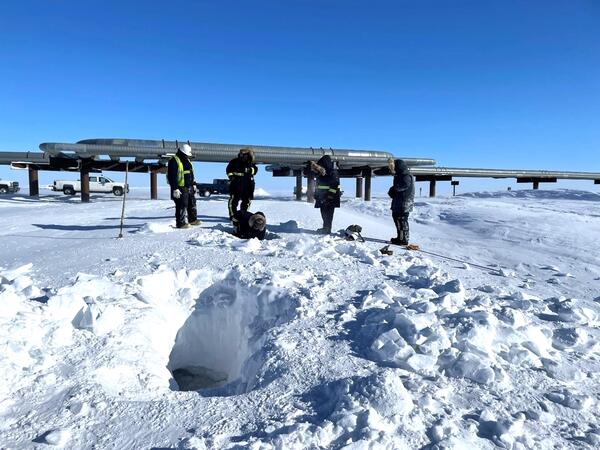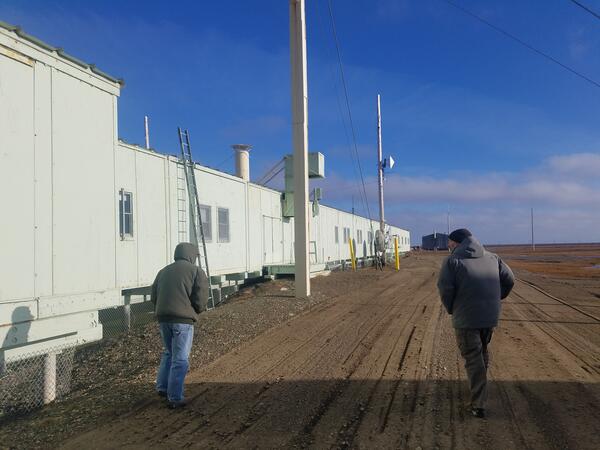USGS Alaska Science Center Polar Bear Research Program
USGS Alaska Science Center Polar Bear Research ProgramThe USGS Alaska Science Center leads long–term research on polar bears to inform local, state, national and international policy makers regarding conservation of the species and its habitat.














